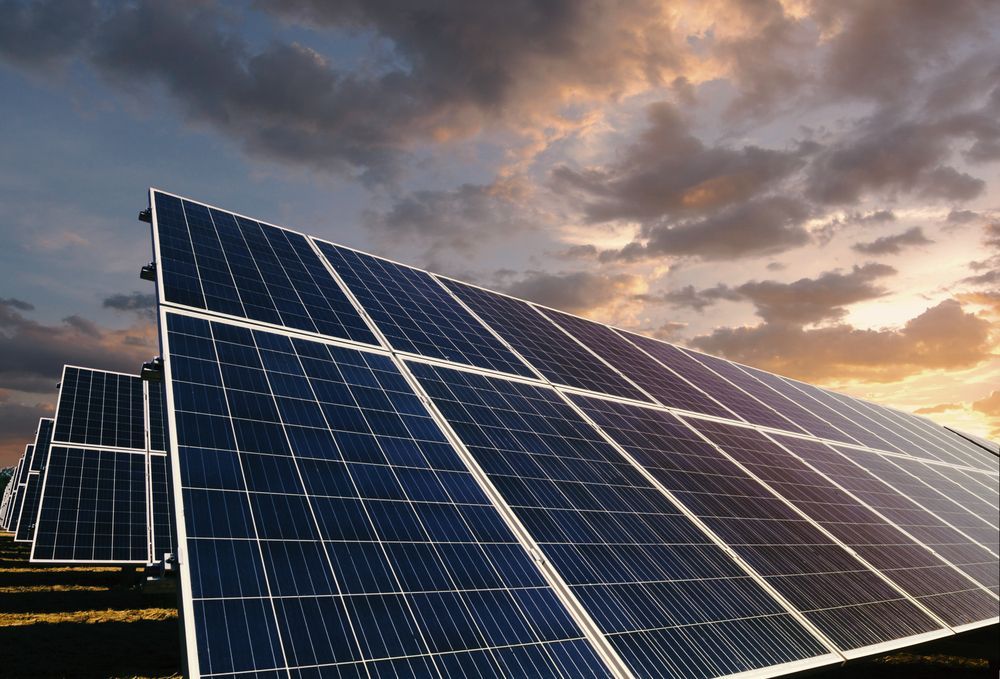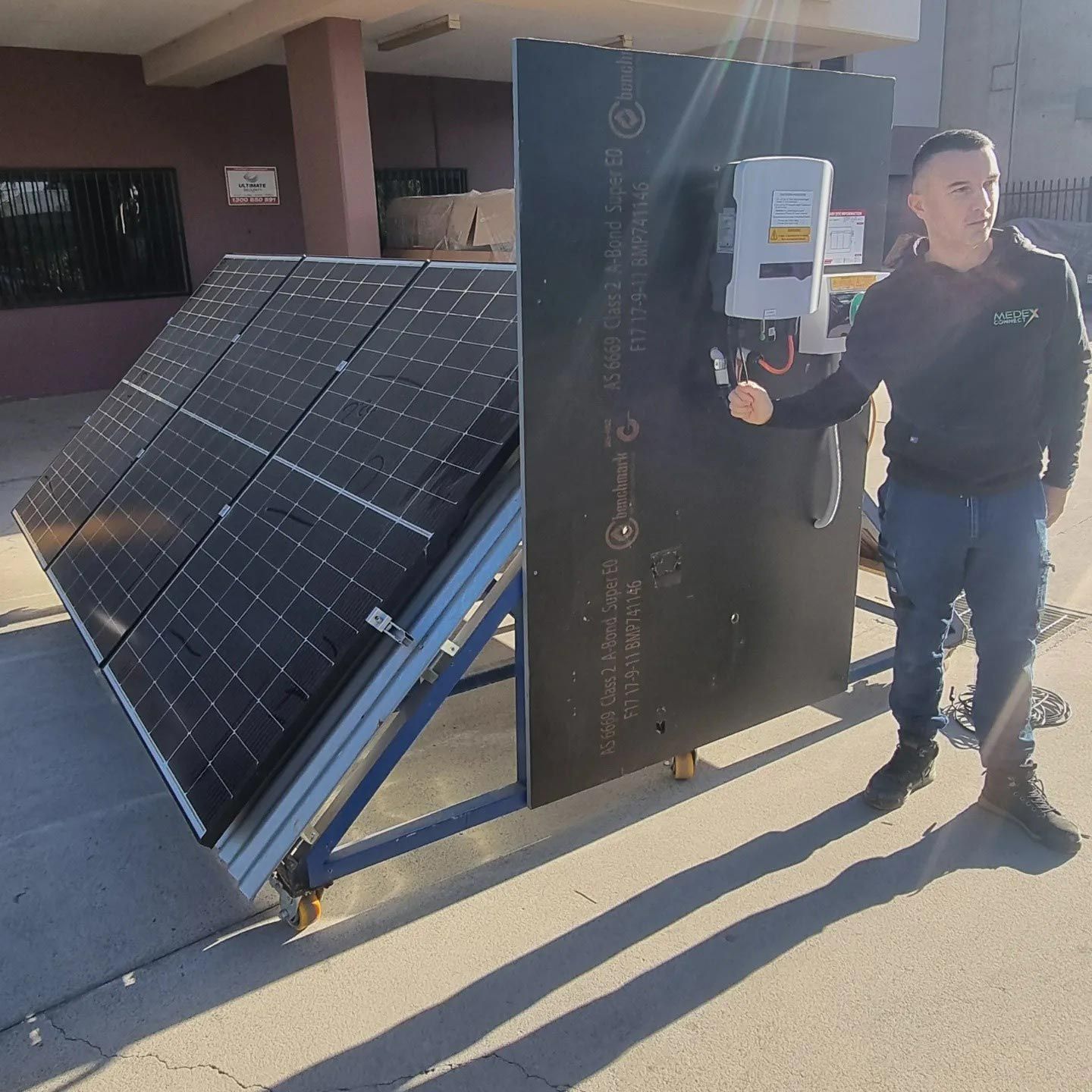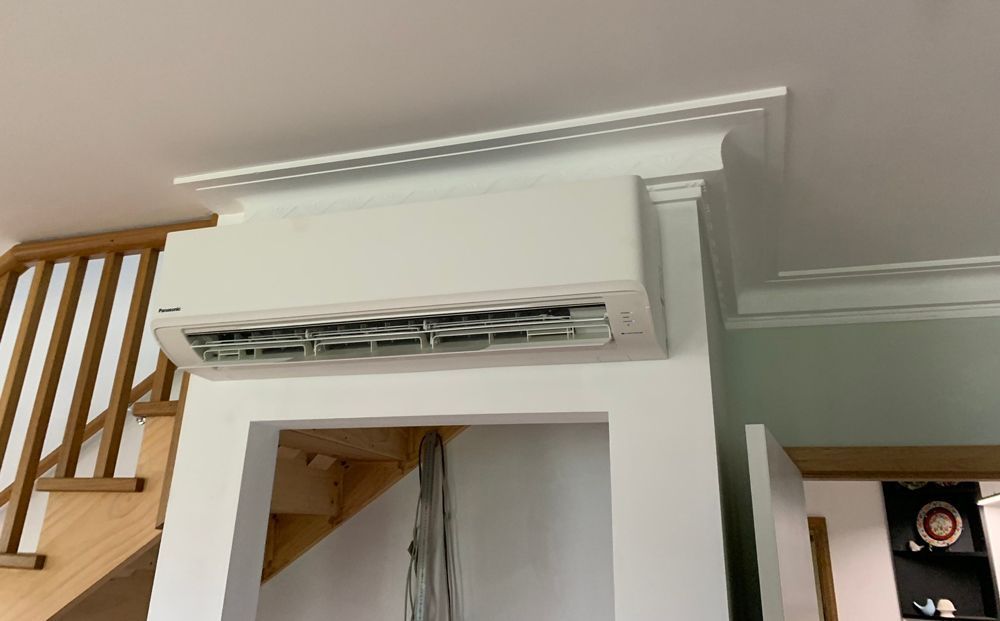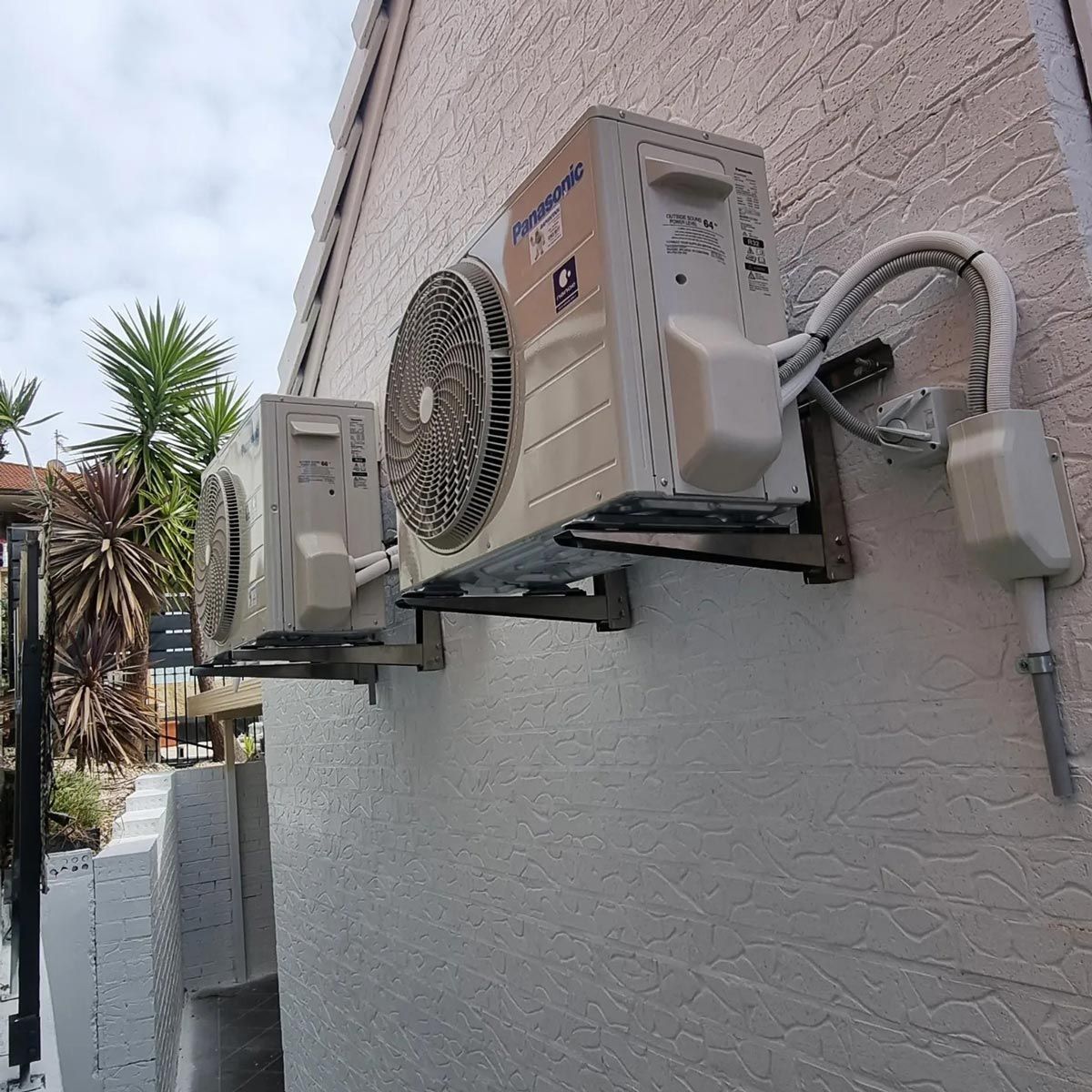What to Expect When Switching to Solar Power
Are you thinking about going solar? You’re not alone. More Australians are choosing solar energy to power their homes and businesses than ever before. Whether it's the rising electricity costs or the push toward a cleaner future, switching to solar makes a lot of sense. However, while the long-term benefits are well-known, the transition itself can raise a lot of questions.
This guide outlines what to expect during your solar journey—from your first consultation to installation day and beyond. You'll also gain insights into how solar energy changes your daily energy habits, how costs stack up, and how solar technology fits into the broader sustainability picture.
Start with a Solar Site Assessment to Understand Your Property’s Potential
Your solar journey begins with a site assessment. This crucial step allows professionals to determine whether your property is a good candidate for solar panels. Factors like the orientation and pitch of your roof, shading from nearby trees or structures, and your household’s energy consumption are all taken into consideration during this stage:
- An installer inspects your roof for adequate space, structural suitability, and sun exposure.
- They may use satellite imagery or onsite tools to measure shading and panel positioning.
- Your past electricity bills are reviewed to help size the system appropriately.
A detailed assessment ensures the solar system is tailored to your property’s needs and maximises return on investment.
Get Familiar with the Pre-Installation Steps & Council Compliance
Once you've accepted a quote, the next phase involves administrative and technical steps that must be completed before installation can begin. While these steps can seem complex, your installer typically handles most of the process on your behalf.
Expect the following to occur:
- Paperwork is lodged with your local electricity distributor for grid connection
- The installer notifies your energy retailer so they can prepare for metering changes.
- Any necessary council approvals or compliance checks are managed.
Understand What Happens on Solar Panel Installation Day
Installation day is when your system starts to take shape. Most standard residential installations are completed within a day, though more complex systems or commercial setups may take longer.
Here’s a typical breakdown of what to expect:
- Panel Mounting: The installation team secures racking systems to your roof, then mounts and aligns the solar panels.
- Inverter Installation: The inverter converts solar energy into usable electricity and is installed near your main switchboard.
- Wiring & Connections: Electrical wiring is installed to connect the control panels, inverter, and home switchboard.
- System Testing: The system is tested for safety, performance, and compliance with relevant standards.
After installation, your installer may guide you through system usage and how to monitor energy output.
Know Who’s Installing Your System & Why Accreditation Matters
Choosing a qualified solar installer is key to ensuring safety, performance, and eligibility for government rebates. In Australia, solar systems must be installed by a Clean Energy Council (CEC) accredited installer to qualify for financial incentives.
When choosing an installer, look for:
- CEC accreditation, confirming they meet Australian solar standards.
- Use of panels and inverters that are on the CEC-approved product list.
- Workmanship and manufacturer warranties typically range from 5 to 25 years.
- Evidence of post-installation support for system monitoring and maintenance.
Using a reputable installer ensures your system is built to last and meets all relevant compliance requirements.
Expect an Overview of Monitoring, Maintenance & System Handover
Once your system is operational, you'll be shown how to track and maintain it. Most solar inverters today include real-time monitoring, which allows you to monitor your energy production through an app or online dashboard.
During handover, you’ll receive guidance on:
- Accessing your solar monitoring platform and interpreting performance data.
- Keeping panels clean and free of heavy debris to maintain output levels.
- Scheduling regular inspections (usually every 3 to 5 years) for long-term upkeep.
A good monitoring system helps track savings and alerts you to performance issues early.
Explore the Upfront Costs, Available Rebates & Long-Term Savings
Solar systems are a long-term investment. While the initial cost of panels and installation may seem significant, government incentives and ongoing electricity savings make solar highly cost-effective.
Key financial elements include:
- Upfront Costs: These depend on system size, panel type, and installation complexity.
- Federal Rebates: Through the Small-scale Renewable Energy Scheme (SRES), you may receive a discount via Small-scale Technology Certificates (STCs).
- Feed-in Tariffs: You can earn credits for excess energy exported back to the grid.
- Ongoing Savings: Reduced reliance on grid electricity can slash your power bills for decades.
Many households find that their solar system pays for itself within 3 to 6 years, depending on their usage and system size.
Learn How Solar Power Changes Your Day-to-Day Electricity Use
Switching to solar doesn’t just affect your energy bills—it changes how and when you use electricity. To get the most out of your system, it’s best to align your usage with peak solar generation hours, which are usually during the day.
Ways to maximise solar efficiency:
- Run high-consumption appliances (dishwasher, washing machine, air con) during daylight hours.
- Use timers or smart plugs to automate appliance use when the sun is strongest.
- If you install a battery, store excess energy in the evening and during cloudy periods.
Get Ready to Enjoy Clean Energy with Reduced Environmental Impact
The most rewarding part of going solar is knowing you're contributing to a more sustainable future. Generating clean energy on-site reduces your reliance on fossil fuels and reduces greenhouse gas emissions.
The broader benefits of solar include:
- Reduced household carbon footprint over the life of the system.
- Decreased exposure to fluctuating electricity prices.
- Increased property value due to sustainable energy features.
- Support for Australia’s renewable energy targets and emissions reductions.
With a well-maintained system, your panels can continue producing clean energy for 25 years.
Ready to Switch to Solar? Let’s Get Started
At Rapidcool Air Conditioning & Electrical, we guide property owners through every step of the solar installation journey—from site assessment and paperwork to system handover and monitoring support. Whether you’re looking to reduce your energy bills or take control of your power supply, our team is here to help. Give us a call for more information, to book a consultation today, or to learn more about solar panel installation in Wollongong. Let’s make clean energy part of your everyday future.








